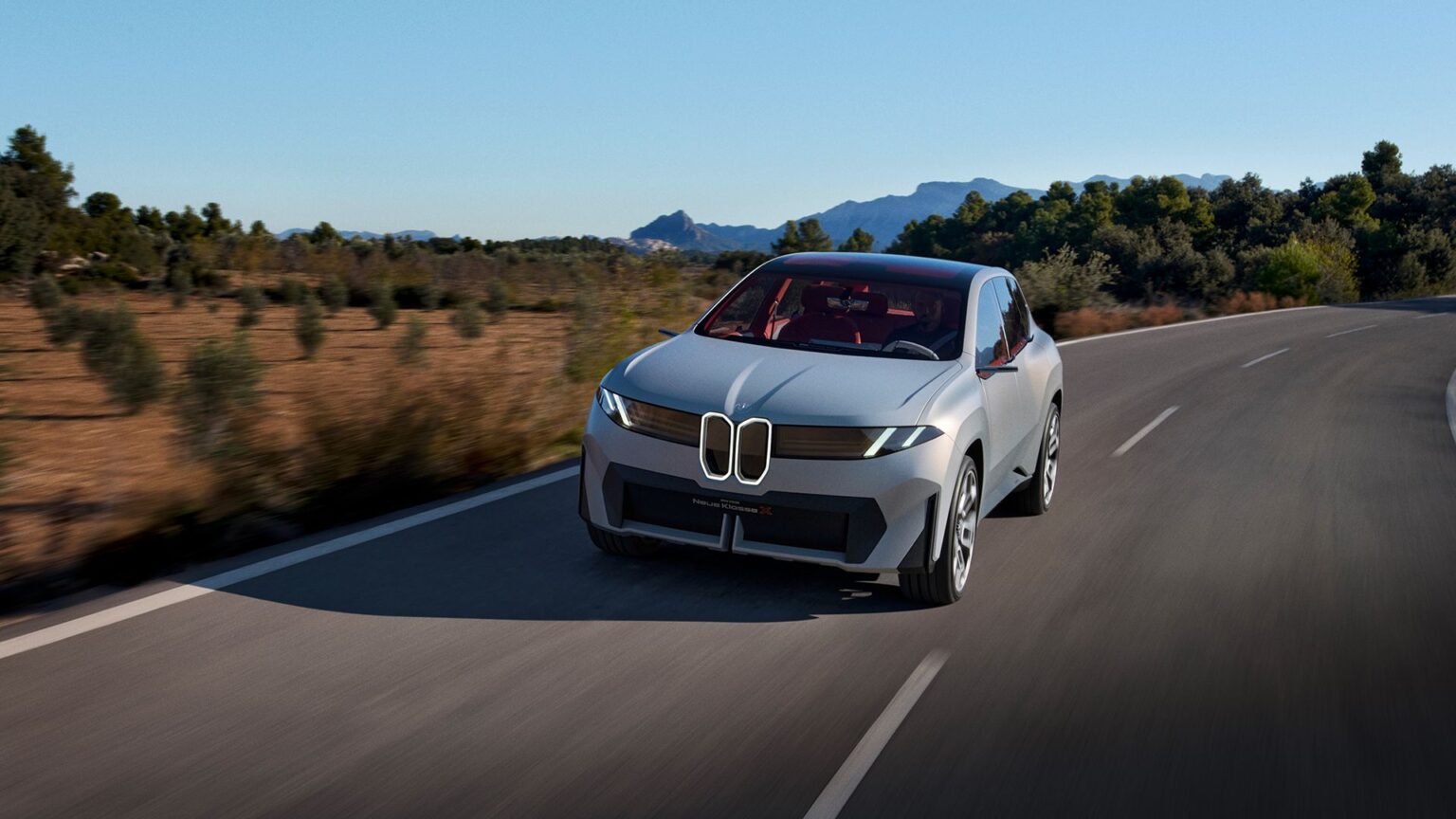BMW is hard at work developing, or rather, at this point, finalizing some of its upcoming Neue Klasse electric models. This includes the iX3, a battery-powered analog to the conventional X3 utility vehicle. Specifics about this future product, which is scheduled to be unveiled at the IAA mobility show in Munich on September 5, have been somewhat scarce, but BMW’s CEO shared an interesting tidbit about this vehicle while presenting the automaker’s first-half financial results.
An Efficiency All-Star
Oliver Zipse, the German luxury vehicle manufacturer’s chairman of the board, shared that the upcoming iX3 will have an energy consumption rate of just 15 kilowatt-hours per 100 km (62 miles) of driving, which boils down to 4.1 miles per kWh. To put things into perspective, the 2025 Tesla Model Y AWD comes with an efficiency rating of 29 kWh/100 miles, which is 3.4 miles per kWh. Bear in mind that the Model Y’s efficiency is EPA-rated, whereas the iX3’s is BMW-estimated, and most likely a lot more conservative than what its actual EPA rating would be when it gets tested. Either way, this is an impressive figure because it means the new iX3 will be appreciably more economical than its predecessor. As reported by BMW Blog, the outgoing model is rated at around 18.9 to 18.5 kWh/100 km.
Now, the difference between the efficiency ratings of the old iX3 and the new model is remarkable on its own, but a few vehicle attributes make this achievement even more impactful. For starters, the redesigned variant is launching with all-wheel drive, which usually eats into vehicle efficiency a little, since this almost always requires at least two electric motors compared to just one. The previous iX3 was only offered with rear-wheel drive.
Bigger, Heavier, And Yet Still More Economical
Beyond that, the Neue Klasse iX3 is reportedly larger and heavier than its predecessor. This SUV is expected to tip the scales at around 5,038 pounds, around 220 pounds heavier than the old iX3.
New battery configurations and efficiency-enhancing electric motor designs help this new SUV stretch every kWh of power as far as possible. Additionally, slippery aerodynamics with a 20 percent lower drag coefficient and a new brake design help maximize efficiency.
With the Neue Klasse, “we are making great strides in all relevant technology fields – whether in electrification, digital user experience, driving dynamics or sustainability,” said Zipse. He also extolled the virtues of the new iX3, which is expected to have a range of 497 miles (800 km) on the generous WLTP test cycle. This vehicle should also DC fast charge at up to 400 kilowatts, enough to add 217 miles (350 km) of range in just 10 minutes, and the iX3’s sixth-generation powertrain incorporates a battery pack that is 20 percent more energy-dense than previous designs.
Drivers Love BMW’s Electrified Models
“While we are proud of our position as a leading BEV player, we know that the world is multi-dimensional,” said Zipse during BMW’s half-year conference call. The executive also noted, “In Europe, the Group’s (this included Mini and Rolls-Royce) BEV share reached 25 percent. With PHEVs included, the electrified share reached nearly 40 percent. Across all brands, BMW is the third best-selling BEV brand in Europe.”
Pushing forward, Zipse noted that 40 new or updated BMWs fitted with the company’s Neue Klasse technology are expected to hit the road by 2027. “Our technology cluster approach also allows us to integrate market-specific features and content,” he added. “In our major sales regions, we have a variety of local solutions with leading partners. This allows us, for example, to further enhance the digital user experience as well as automated driving functions in our upcoming Neue Klasse models.”
Read the full article here


